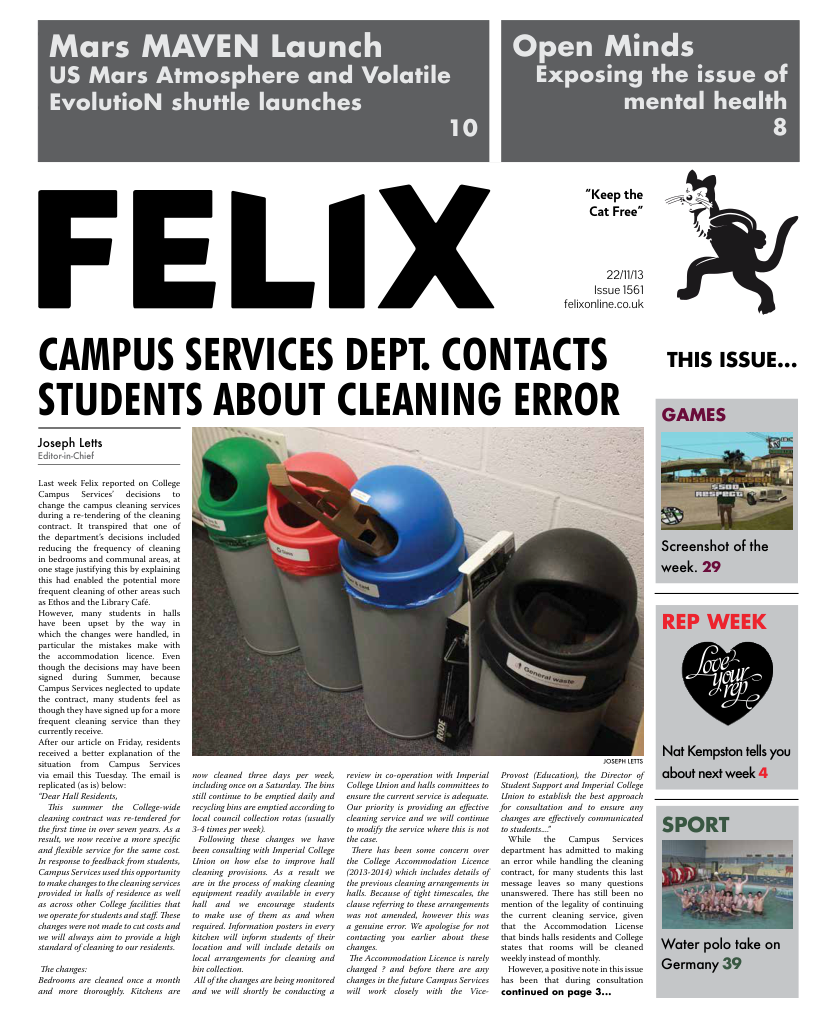Mars MAVEN mission launches
This week the latest US mission to Mars launched successfully; NASA called the launch “flawless”. The rocket carrying the Mars Atmosphere and Volatile EvolutioN (MAVEN) spacecraft left the Earth on Monday from Cape Canaveral Air Force Station in Florida, the site of many previous NASA missions...

This week the latest US mission to Mars launched successfully; NASA called the launch “flawless”. The rocket carrying the Mars Atmosphere and Volatile EvolutioN (MAVEN) spacecraft left the Earth on Monday from Cape Canaveral Air Force Station in Florida, the site of many previous NASA mission launches. Just under an hour after launch the probe was released from the rocket, deployed its solar panels and oriented into cruise configuration.
“Everything looks good. The signals are coming in fine, and so far the systems that are on are reporting back great. We’re heading out to the Red Planet,” said David Mitchell, Nasa’s MAVEN project manager.
The MAVEN mission will be investigating the upper atmosphere and the ionosphere of Mars alongside the solar wind, with the intention of providing insight into the history of the Martian atmosphere, climate and the planet’s habitability. After a journey of over 440 million miles and lasting 10 months, MAVEN will reach Mars and will need to undergo a check-out period before finally beginning its primary data collection mission. This mission is scheduled to last for one year, but NASA intends to keep MAVEN operational well into the future to provide a data-relay platform for surface explorers such as the Curiosity Rover.
MAVEN is equipped with eight data-collection sensors to determine the characteristics of the upper atmosphere and the solar wind. The instruments were designed and contributed by NASA’s Goddard Space Flight Centre, the University of Colorado, Boulder, and the University of California, Berkeley. The Centre d’Etude Spatiale des Rayonnements in France also provided the sensor for one instrument. By exploring the composition of Mars’ upper atmosphere and the impact that the solar wind has on the atmosphere, lead investigator Dr Bruce Jakosky from the University of Colorado hopes to understand how Mars went from a wet planet with a dense atmosphere billions of years ago to its present arid state.
“The loss rates [of the atmosphere due to the solar wind] today are low enough that we’re probably not going to see the loss of the entire atmosphere,” says Dr Jakosky. “The reason we are studying it today, even though the loss rates are so much lower, is that we can understand the specific processes that are going on and learn how to extrapolate them back in time.”





